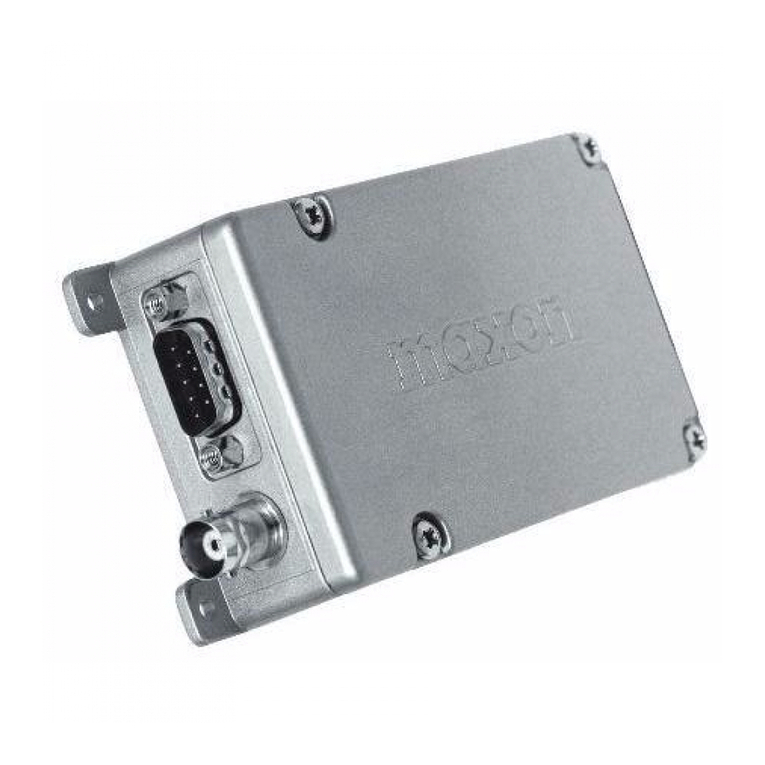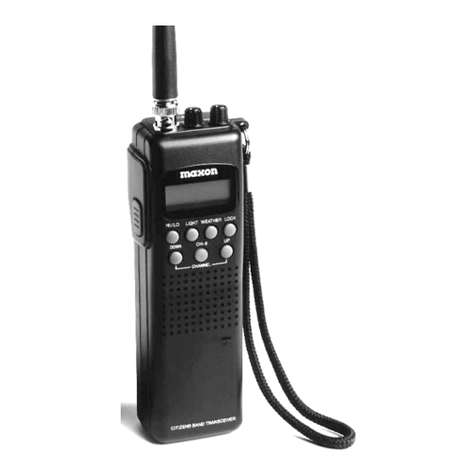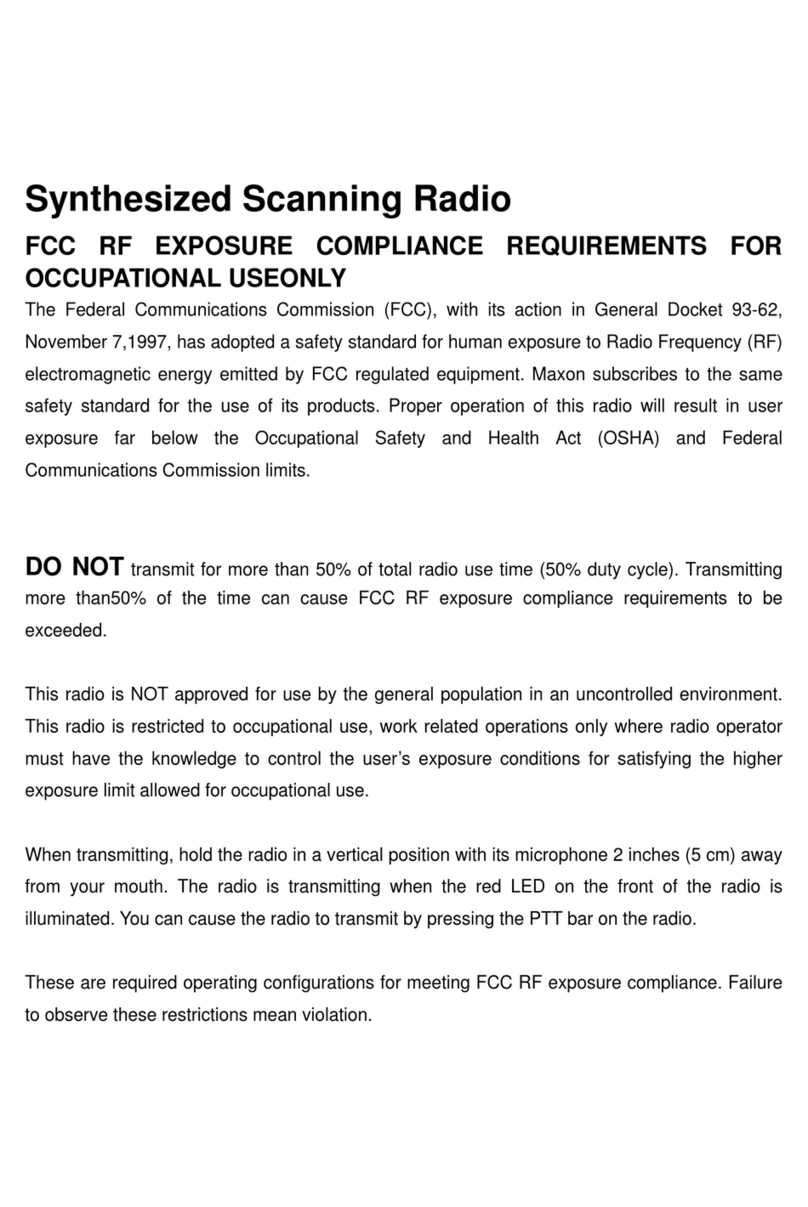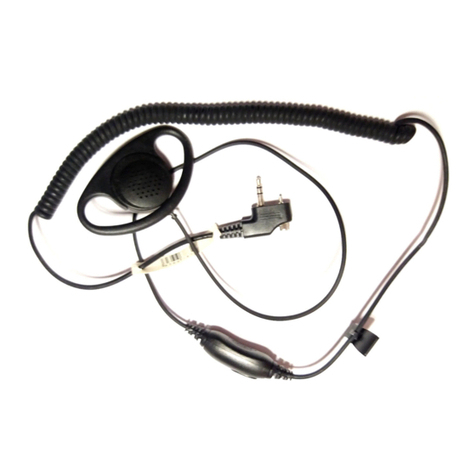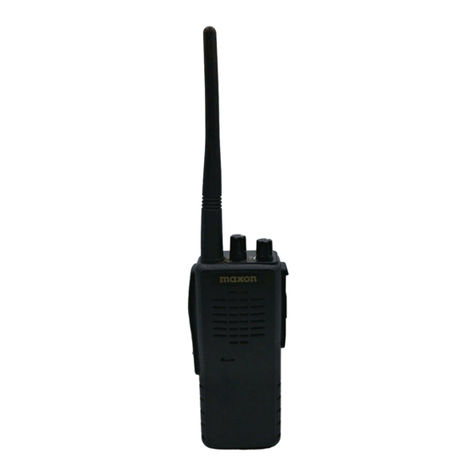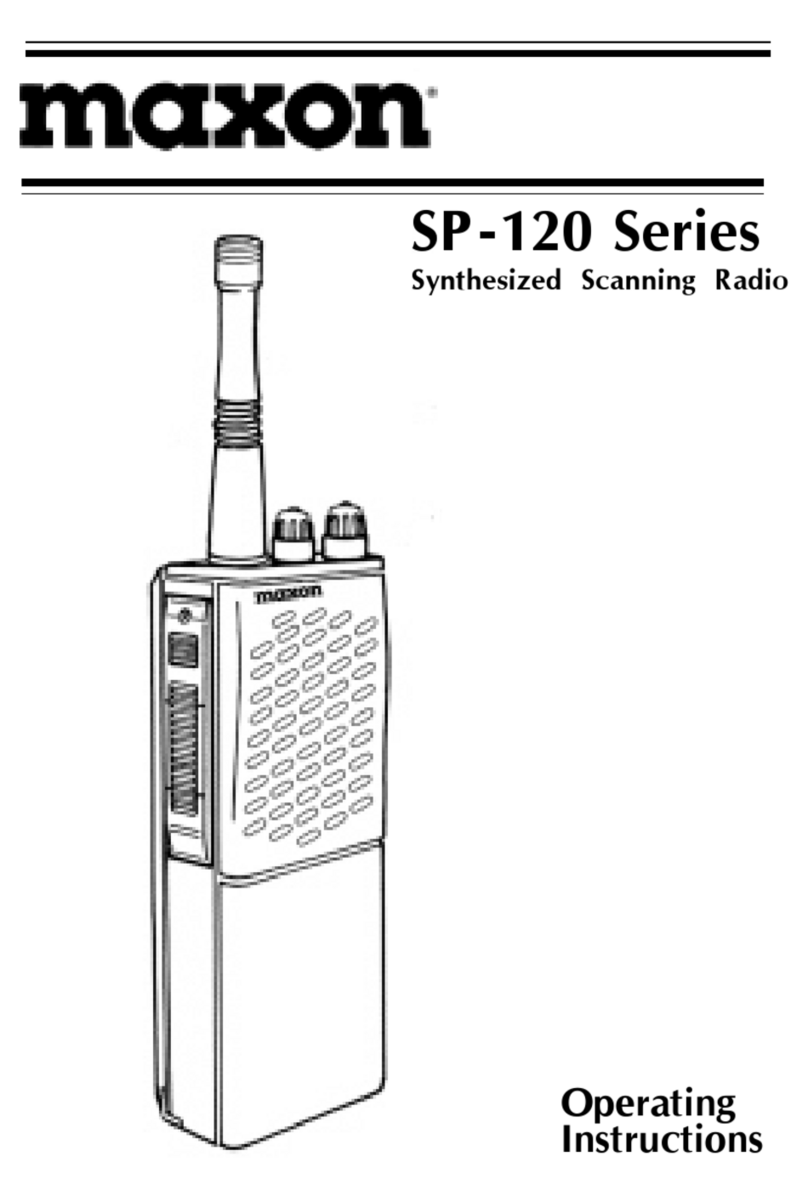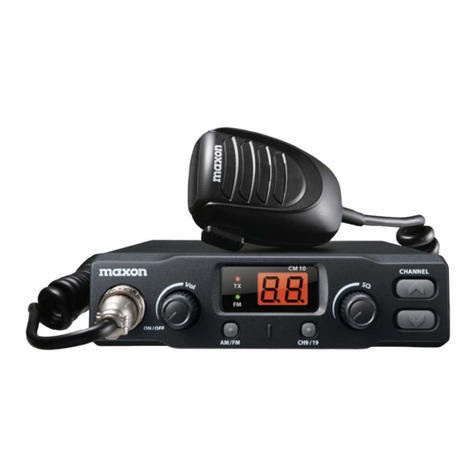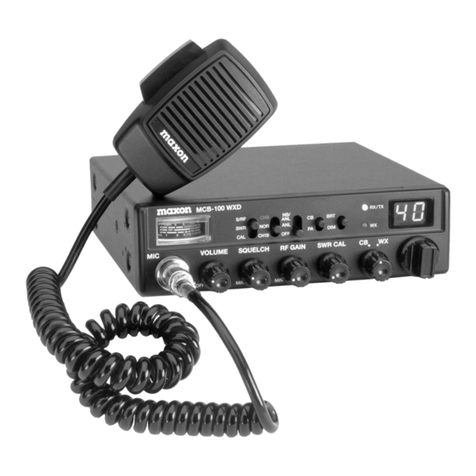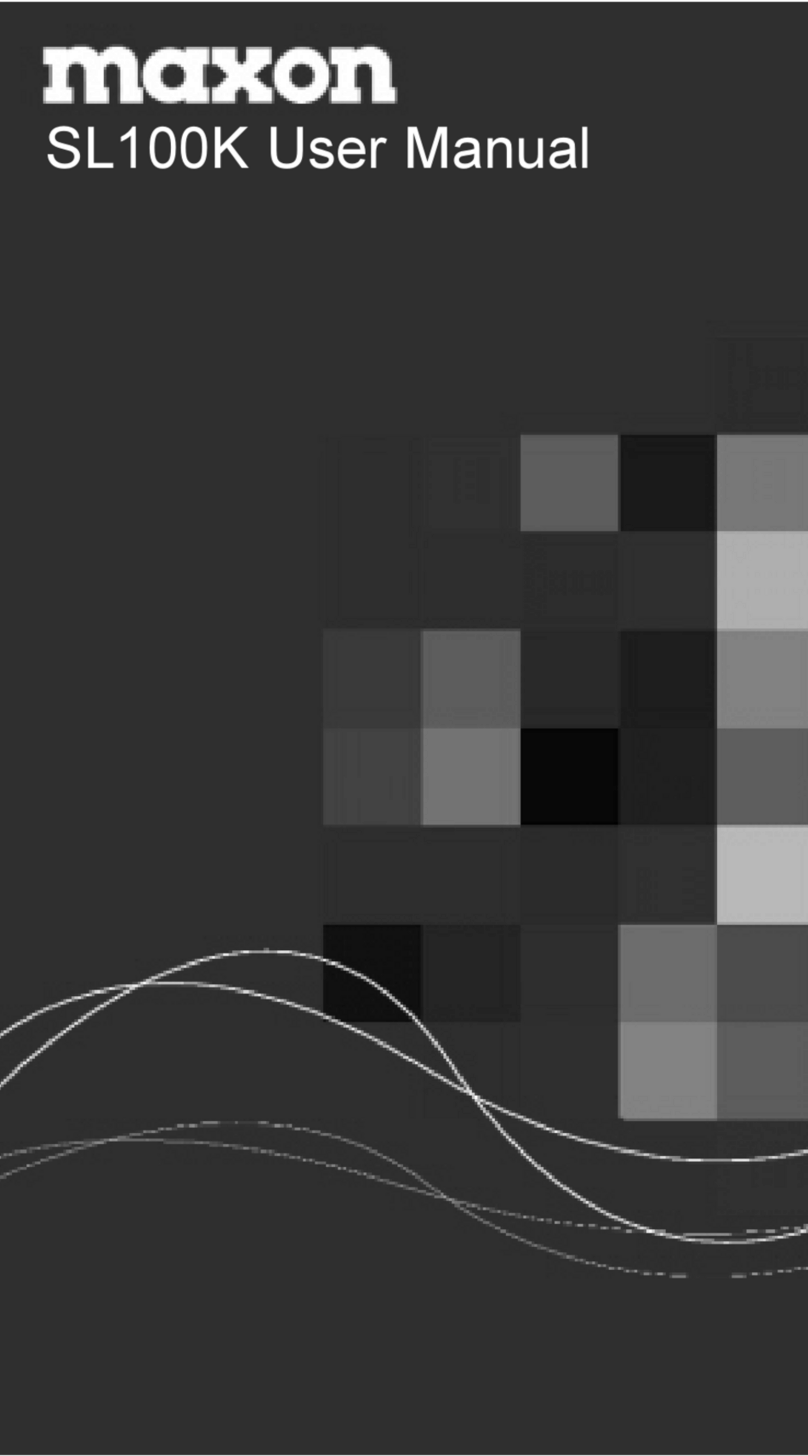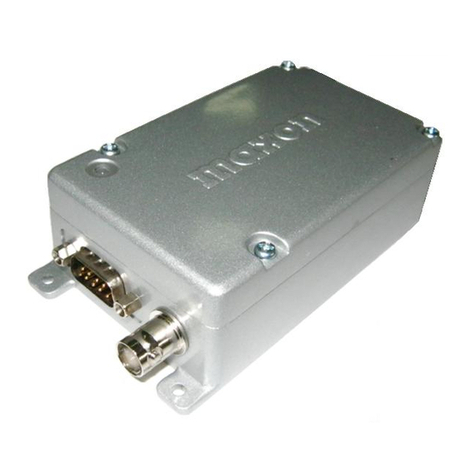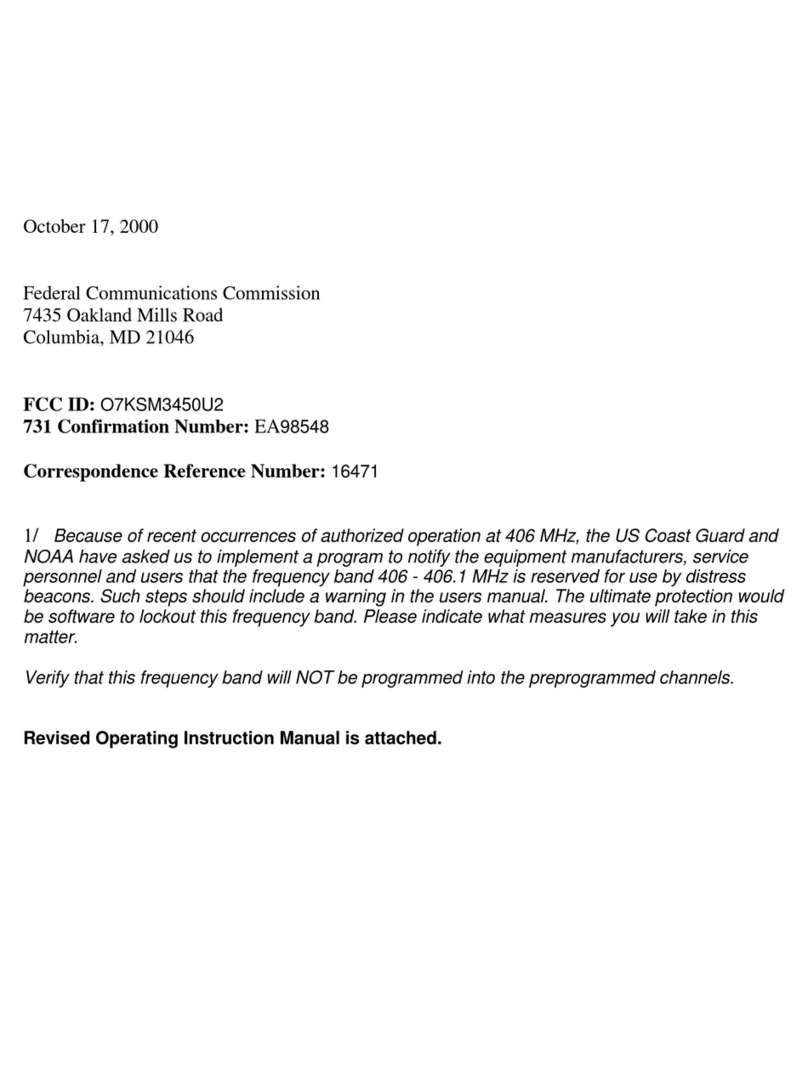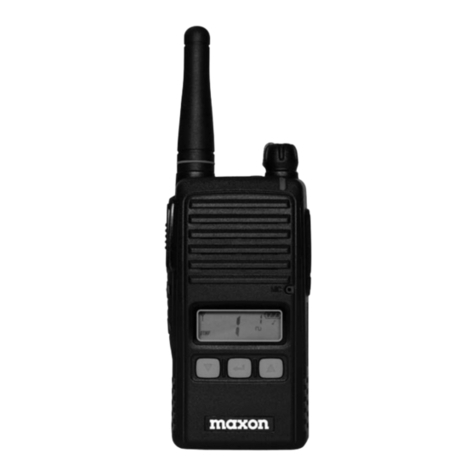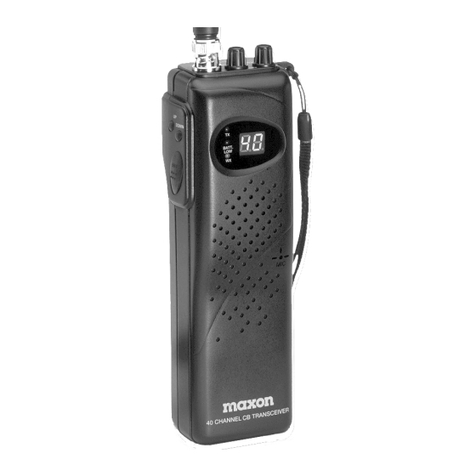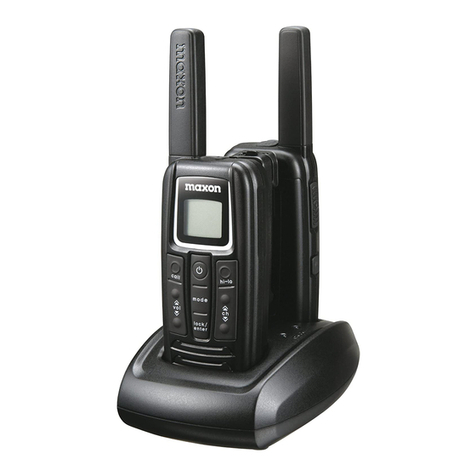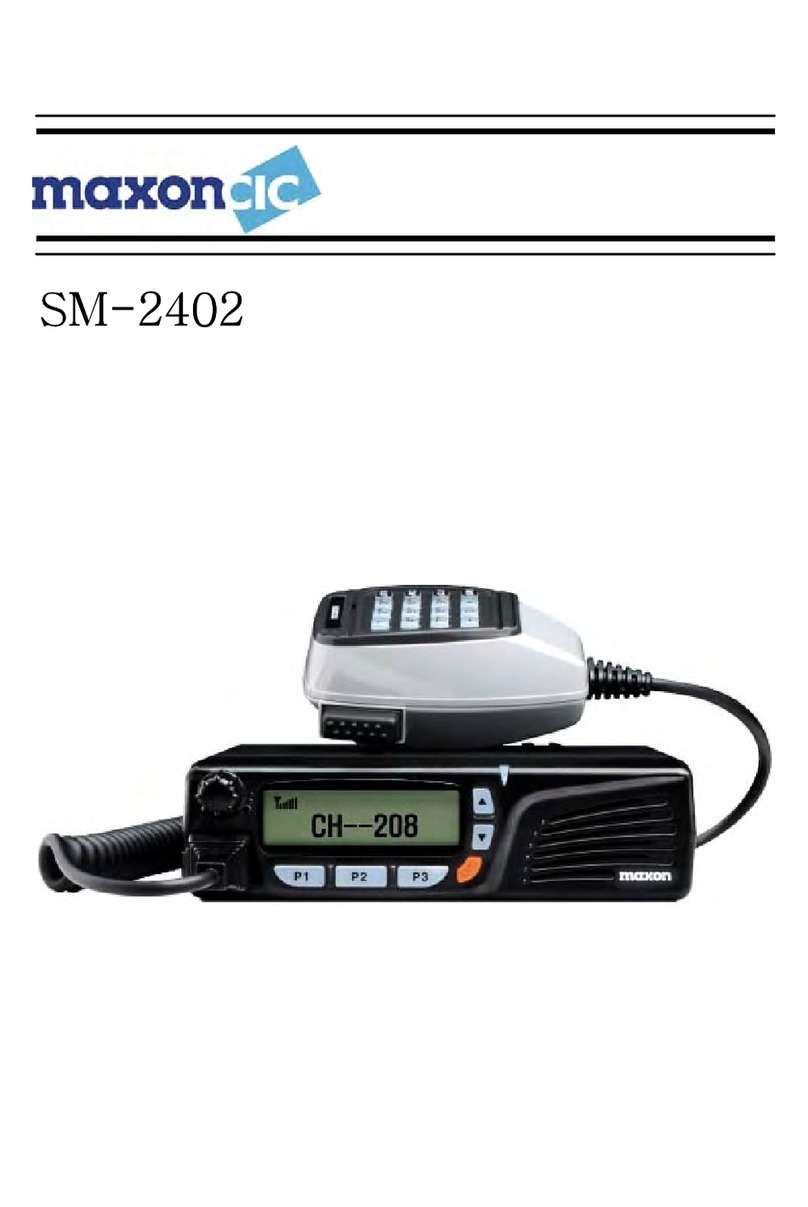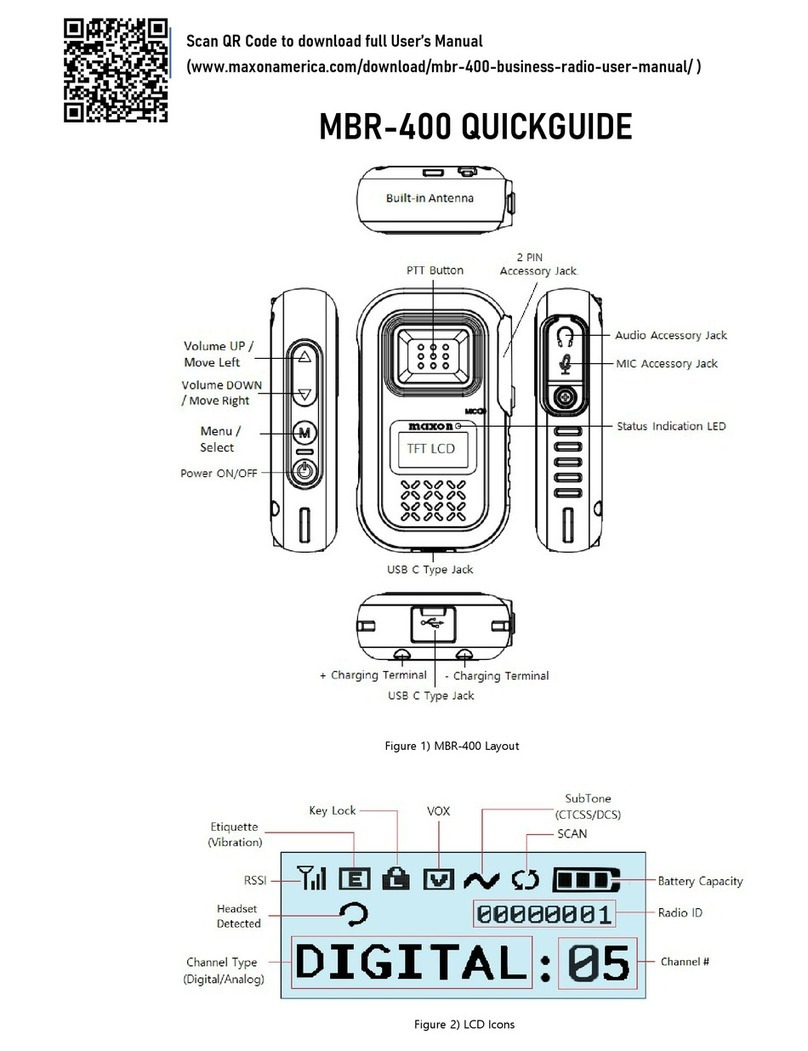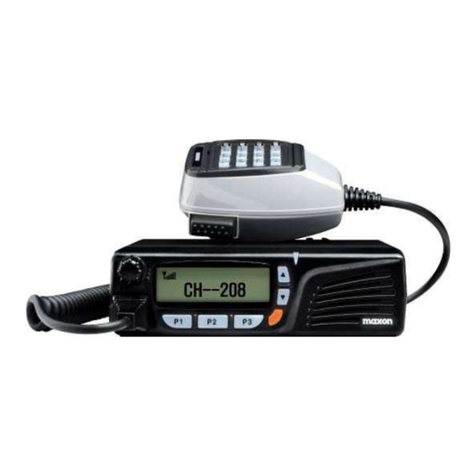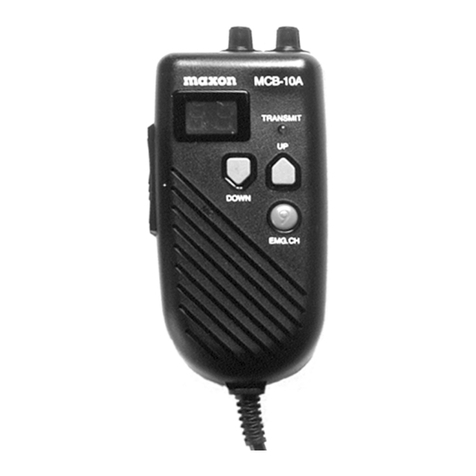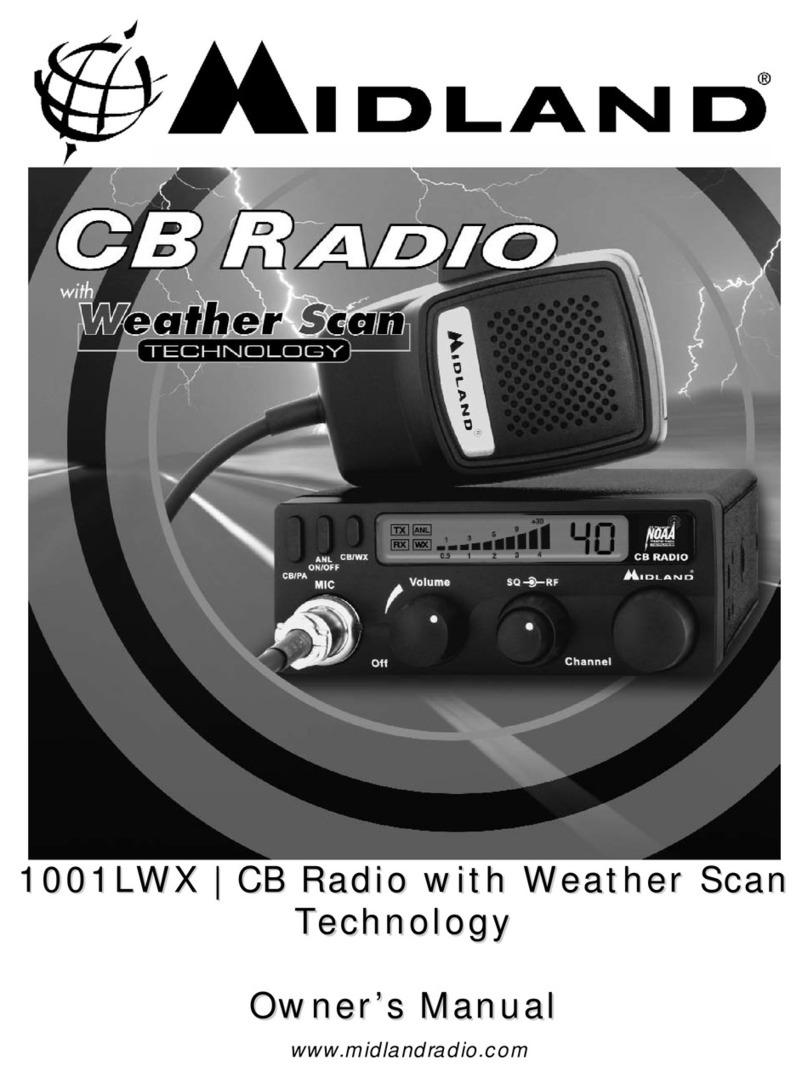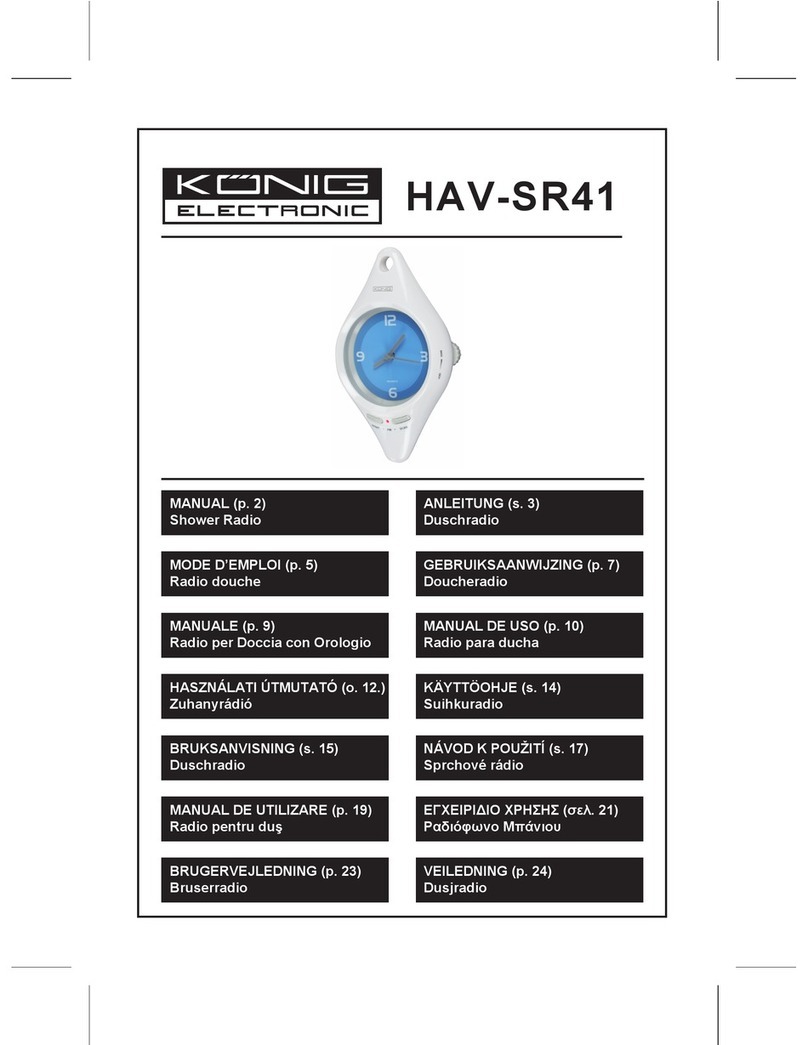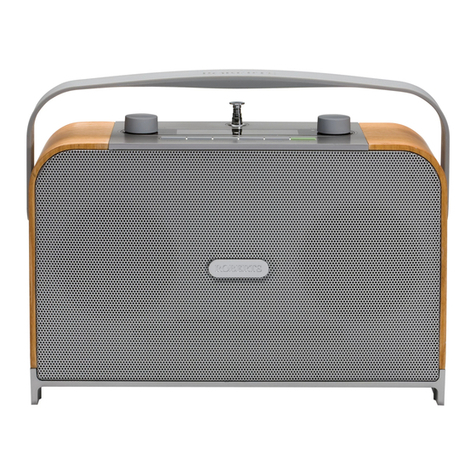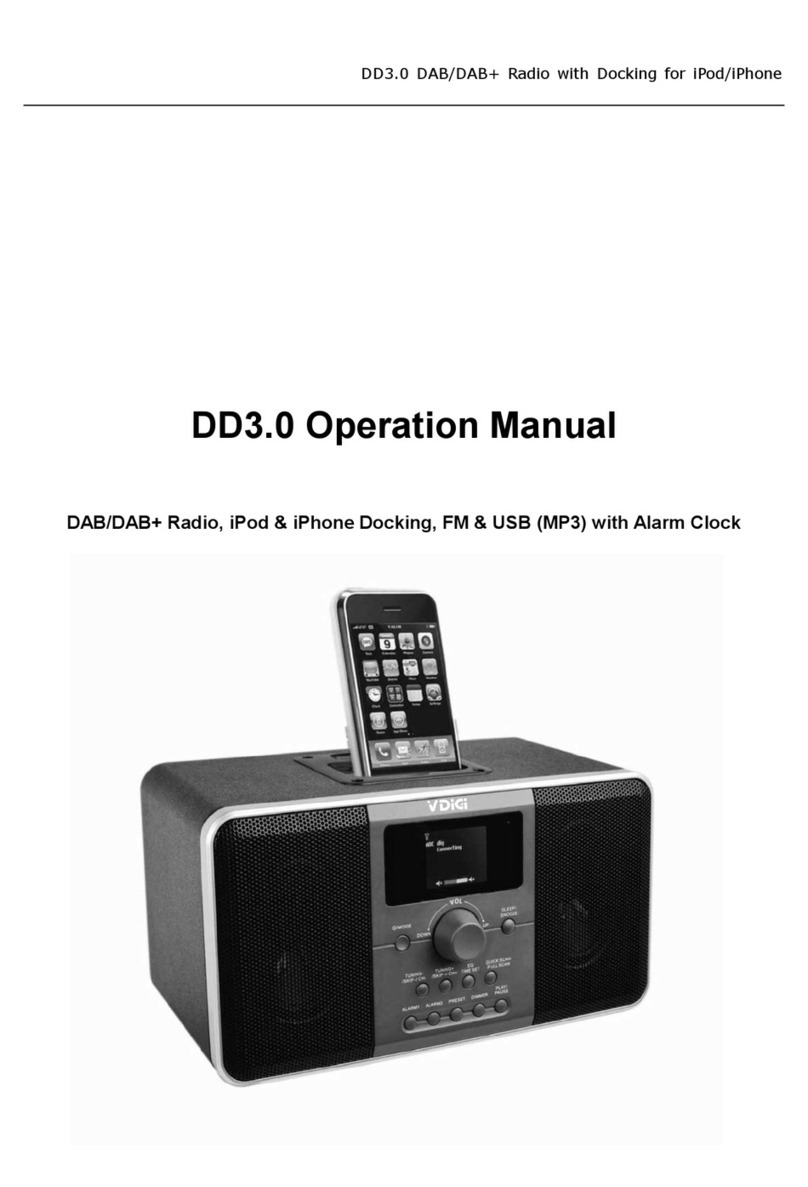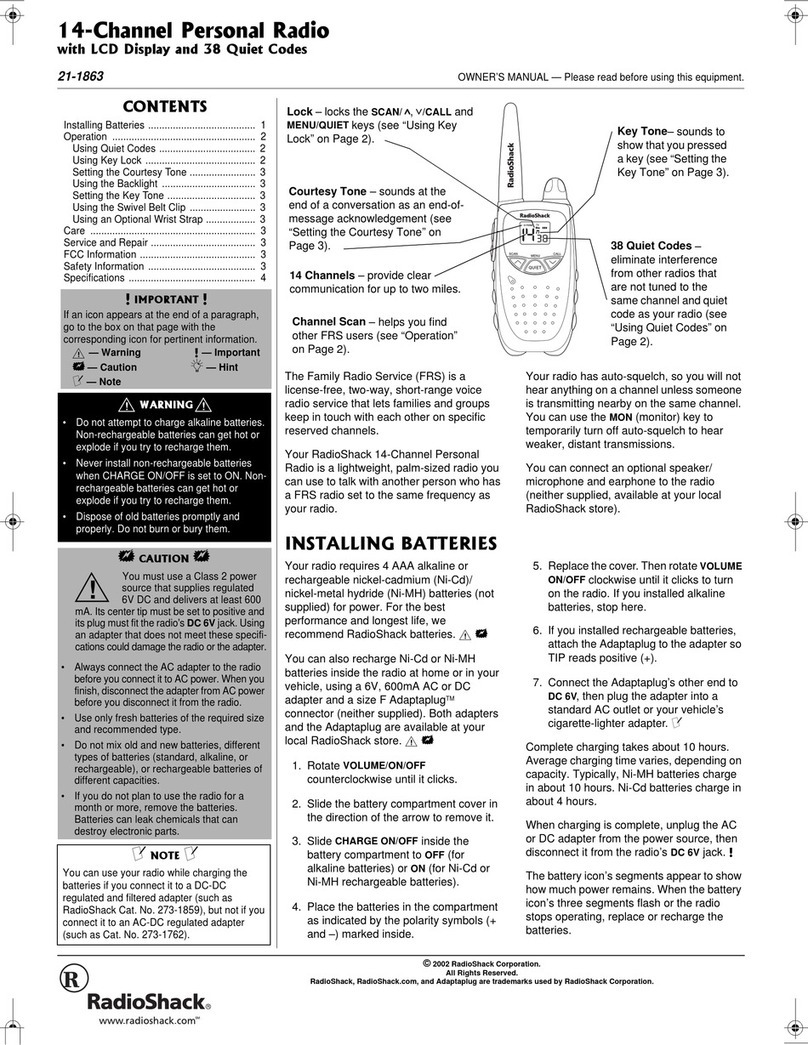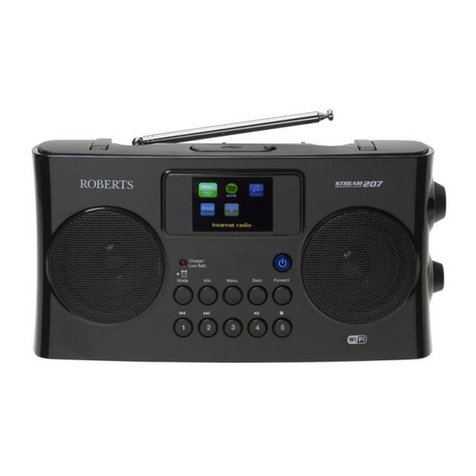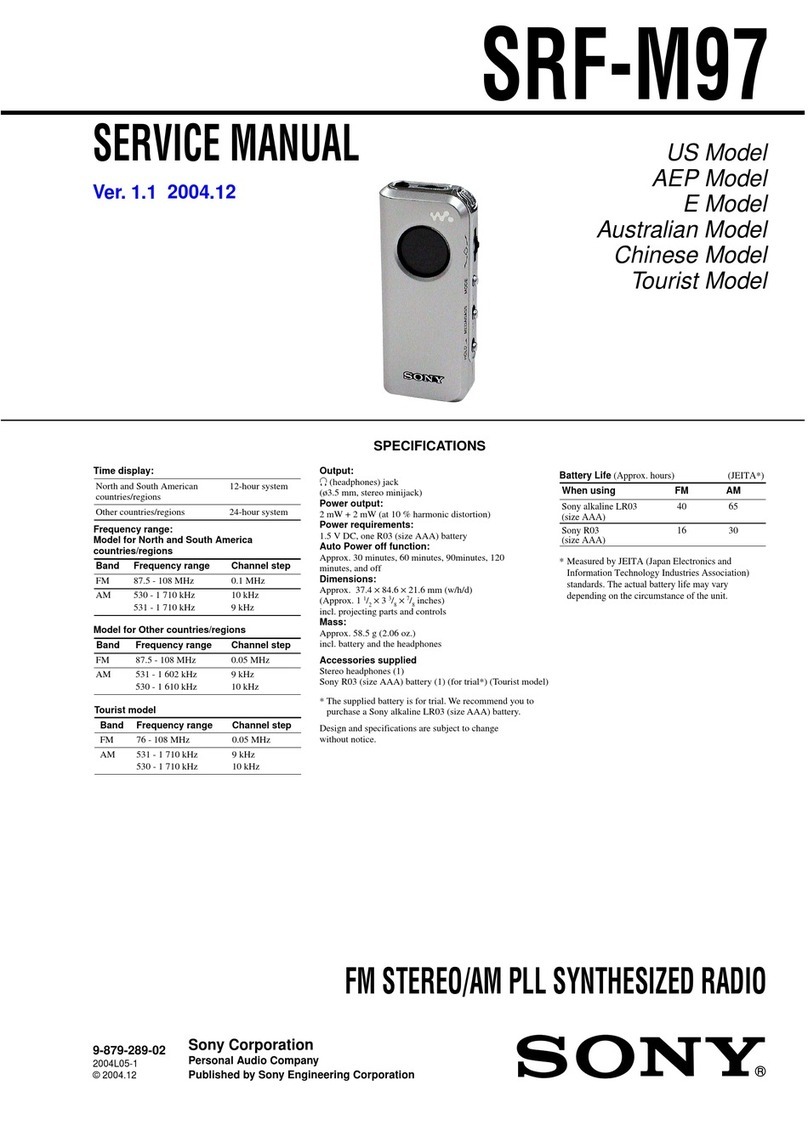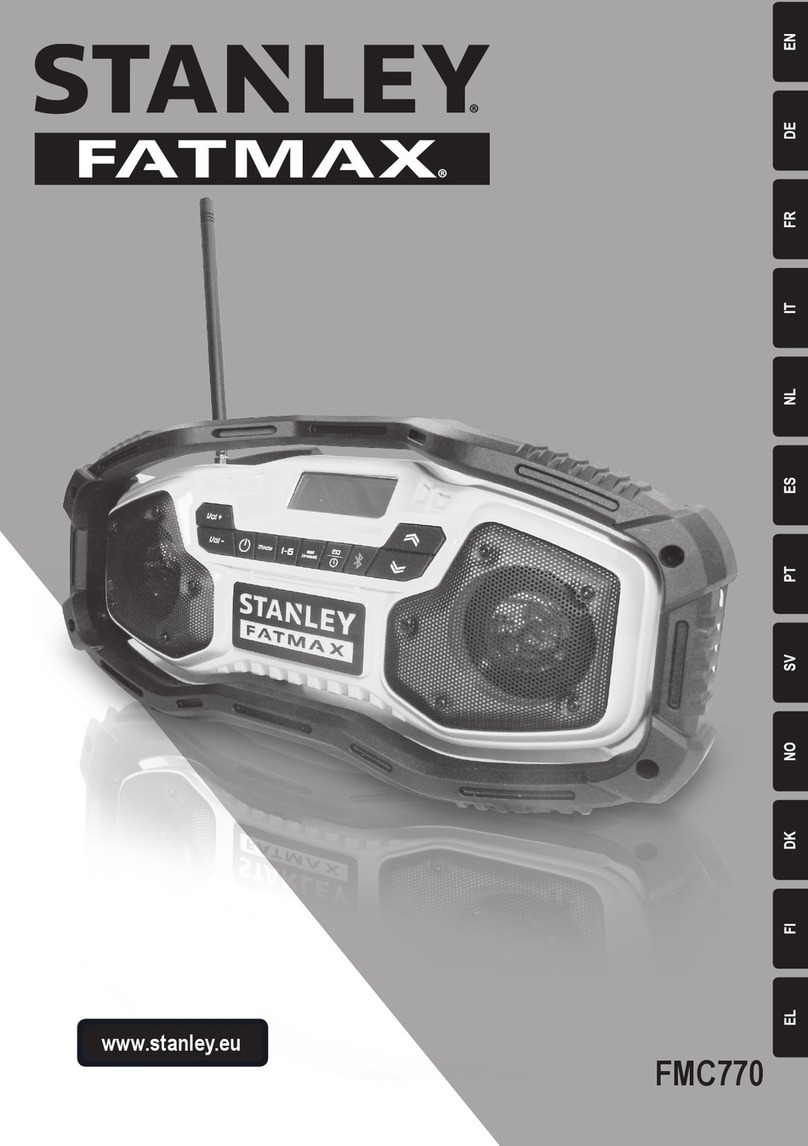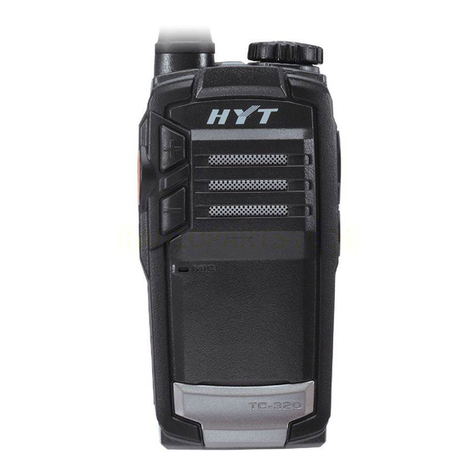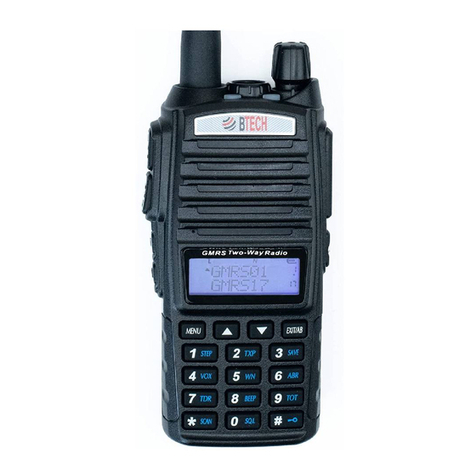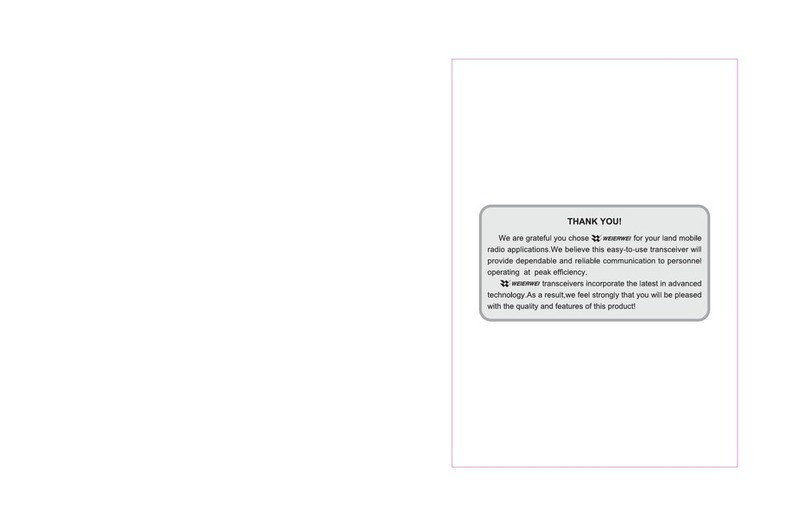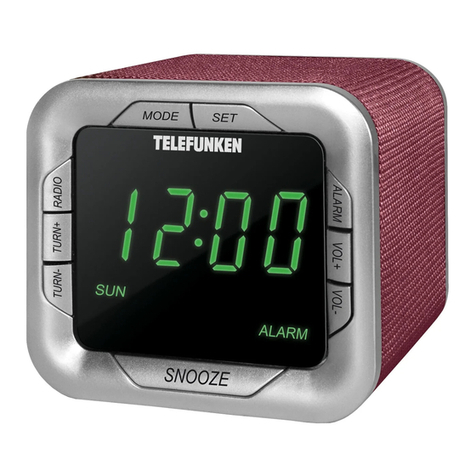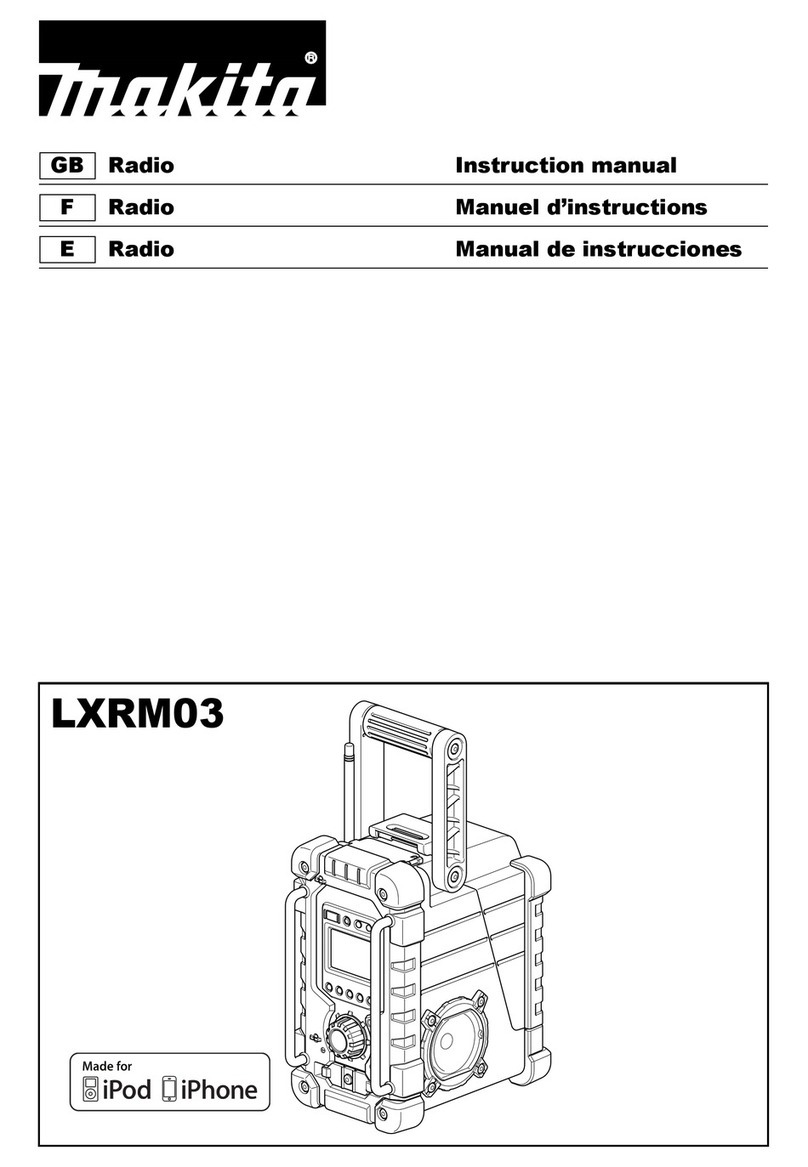
9
3. FEATURES
16 Channels
The SD-160 Series(include SD-170 Series, hereinafter called “SD-160”) radio can store up to 16
channels within the same band. These channels can be selected by inner DIP-S/W or serial
command inputted from external control system.
Channel Spacing
The SD-160 is capable of programmable channel spacing, in both UHF and VHF bands. Each
channel can be programmed via the PC programmer, ACC-916, having 12.5KHz or 25KHz
channel spacing.
Output Power
In case of SD-160, 2-Watts output power is only available, but, in SD-170, it’s programmable.
Each channel can be programmed via the PC programmer to a high-power output, 5 Watts, and
a low-power output, 1 Watt.
Channel Scan
For audio application, SD-160 supports channel scan enabled via serial commands. During
programming of the radio, any channel can be selected as a scanned channel. When a scanned
channel is selected, it becomes a part of the scan list. Once the scan list has been established,
initiates scan by serial commands. If a conversation is detected on any of the channels in the
scan list, the radio will stop on that channel and audio signal will be released through pin 9 of
the DB-15 connector. At that moment, busy channel data is sent to external equipment or
device through serial command. So, busy channel data can be identified as decoding received
serial command from radio in the external equipment or device. Normally, if user tries to transmit
during scanning, the transmission will be made on the channel that the call is received during
the programmable scan delay time. (The scan delay time is the amount of time the radio will
stay on that channel once working has ceased. Dealer programming of 4 ~ 7 seconds is typical).
The radio will resume scanning once the scan delay time has passed, and will continue to scan
until the serial command for scan stop is inputted by external equipment. After the scan has
resumed, if a transmission is made, the radio will transmit on the selected priority channel. This
feature is similar to priority scan TX except for selection of priority channel. You can assign a
priority channel by inner dip switch only.
